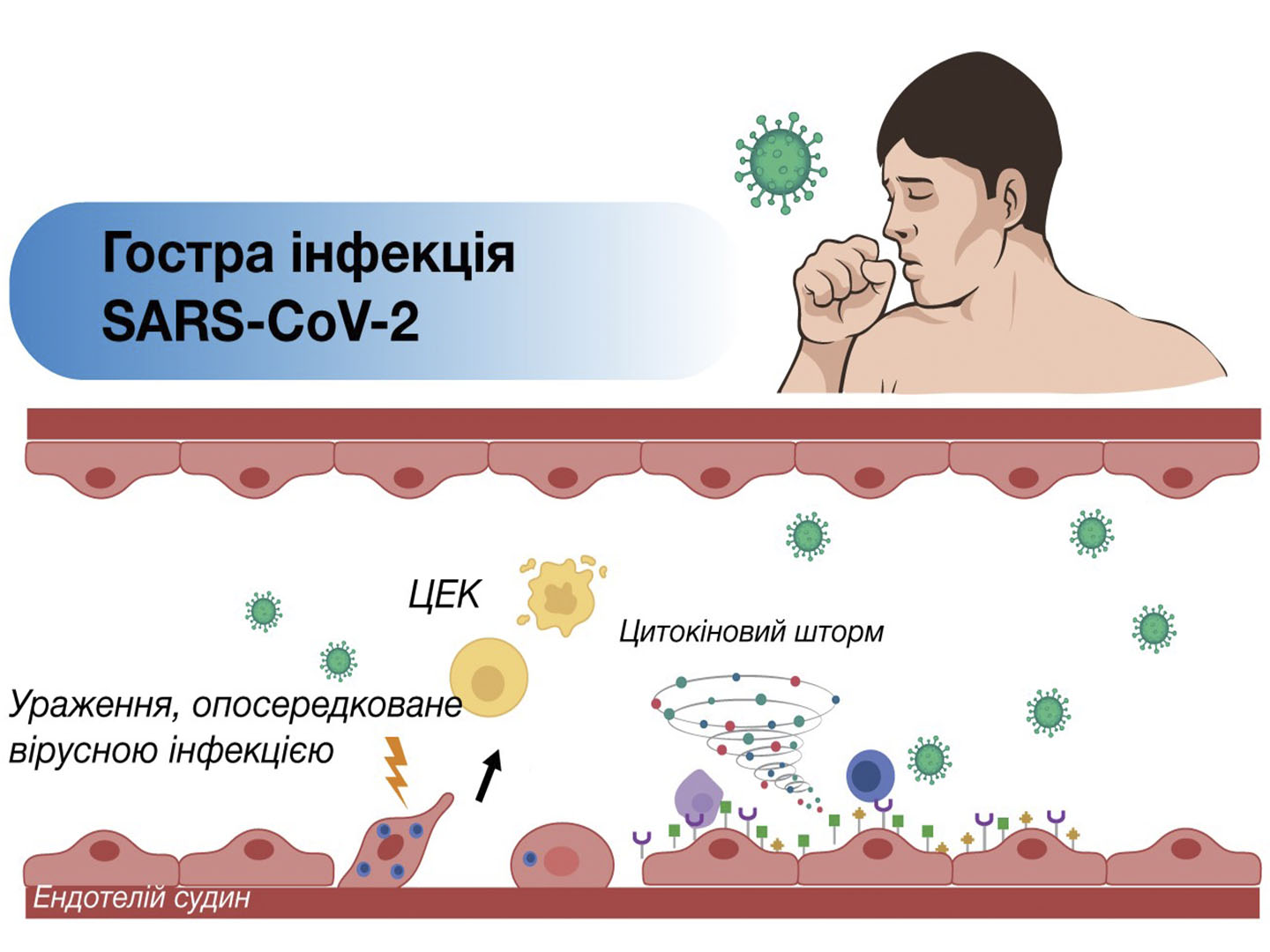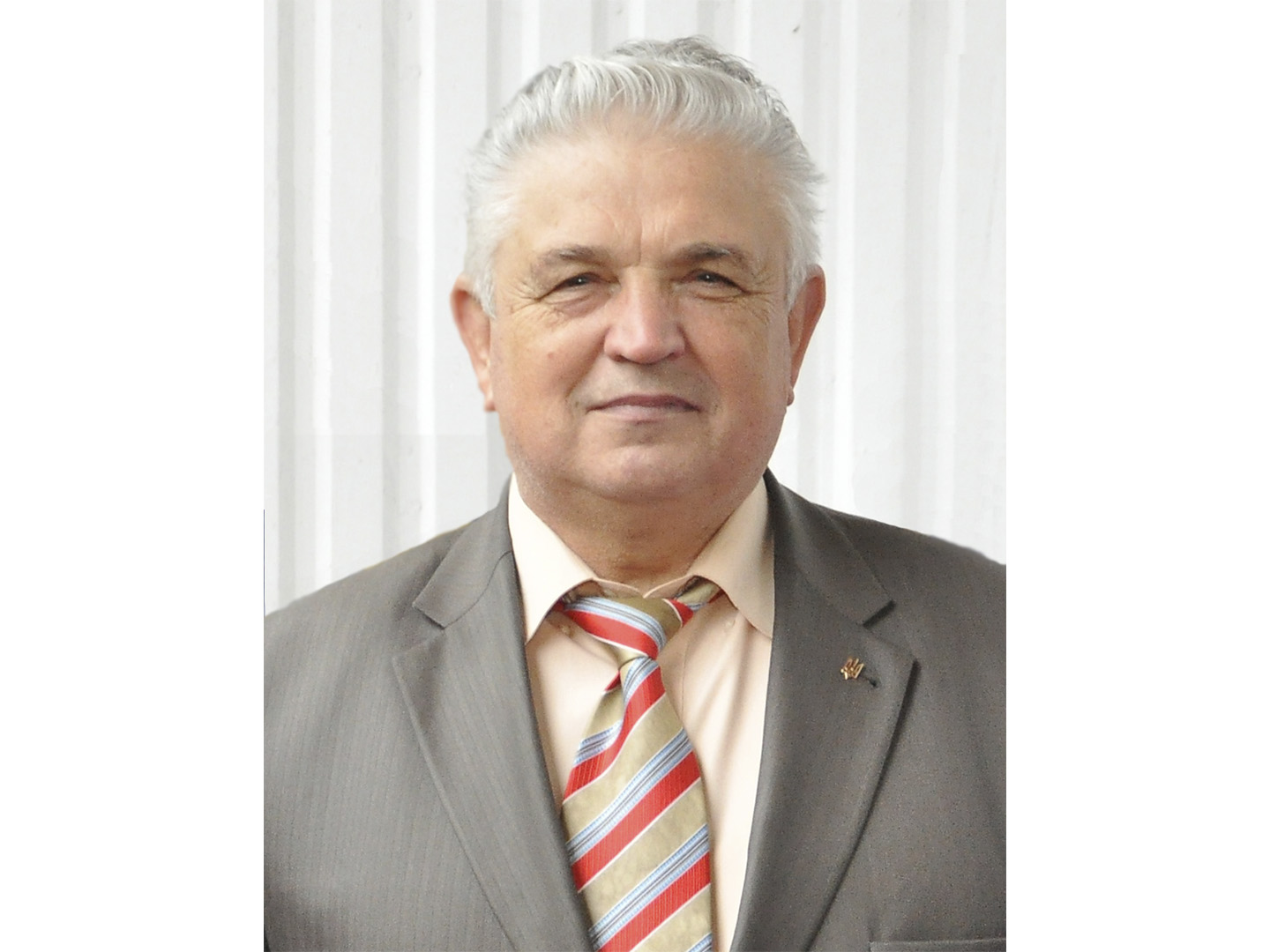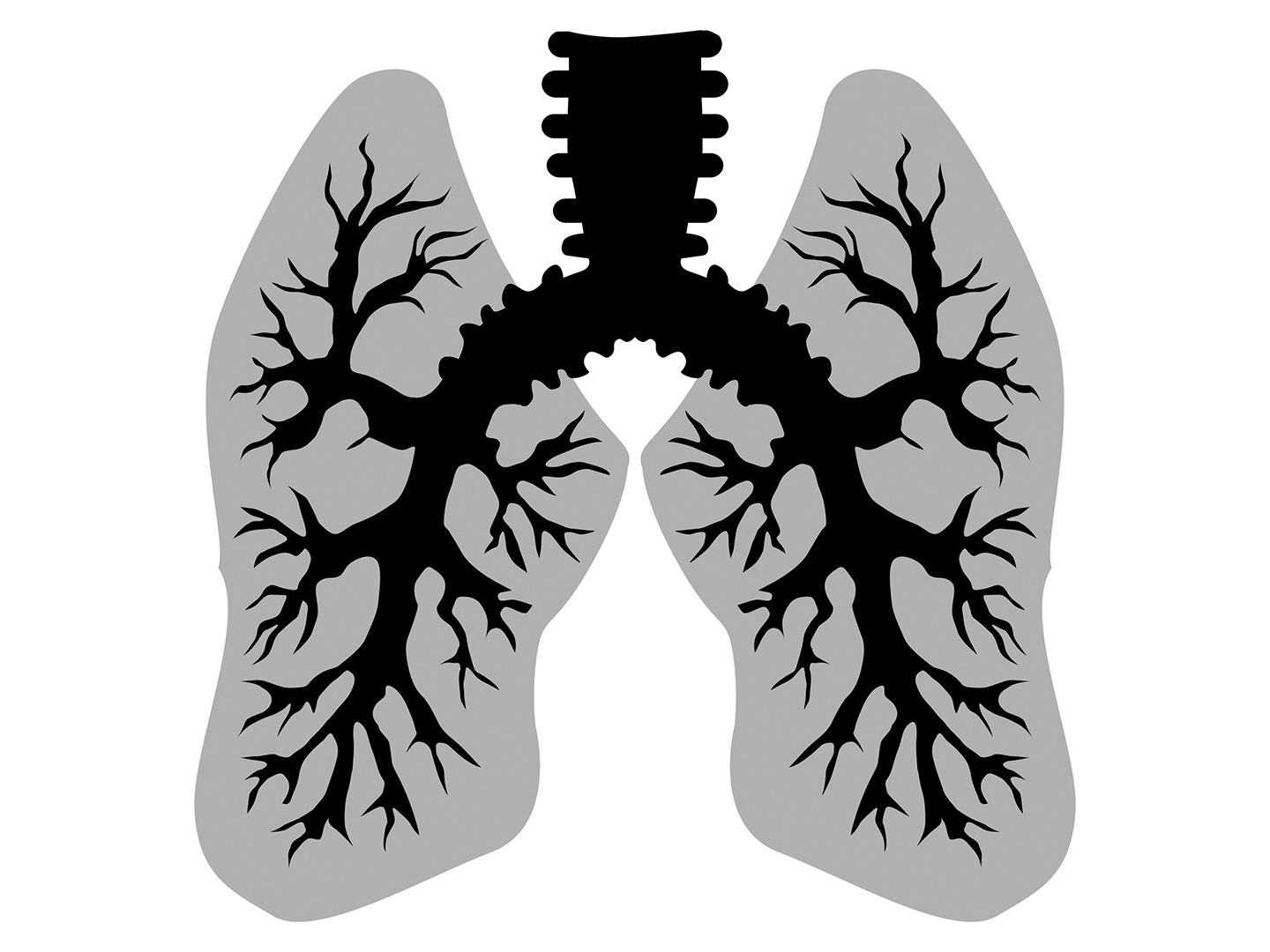Possibilities of correction of iron deficiency anemia in patients with chronic kidney disease
Dnipropetrovsk Medical Academy of MoH of Ukraine,
Dnipropetrovsk Regional Clinical Hospital named after I.I. Mechnikov.
Summary.
The effectiveness of intravenous infusion of iron sucrose (Sufer®) for 2 weeks in 12 patients with iron deficiency anemia, caused by chronic kidney disease, who were examined and treated in Nephrology department of Dnipropetrovsk Regional Clinical Hospital named after I.I. Mechnikov, was evaluated. Treatment with the iron (III) hydroxide sucrose complex resulted in a significant increase of plasma hemoglobin, ferritin and iron levels, contributed to a decrease in creatinine level (p<0.01). Increase of hemoglobin level was started at a 5-day treatment. After 2 weeks hemoglobin level increased by 13% (p<0.01). There were no significant side effects, that would be require changing the daily dose of the drug or discontinuation of treatment. The therapeutic effect and good tolerability of iron (III) hydroxide sucrose complex allow to recommend it as a drug of choice for iron deficiency anemia in patients with chronic kidney disease.
Key words: chronic kidney disease, iron deficiency anemia, iron sucrose, Sufer®.
Introduction
Anemia is the earliest and the most frequent complication of chronic kidney disease (CKD) and usually develops with a decrease in glomerular filtration rate (GFR) to 40-60 ml/min/1.73 m2, although it is possible in the early stages of kidney disease. Anemia is detected in approximately half of the patients with CKD (Astor B.C. et al, 2002; V.M. Ermolenko, N.N. Filatova, 2004). The prevalence and severity of anemia in Ukraine is considerably higher than the similar indicators in developed countries. Thus, according to European Survey of Anaemia Management – ESAM, in Western Europe 53% of patients with CKD achieve the target level of hemoglobin > 110 g/l, in Ukraine – not more than 20%, according to the data of the CKD patients register (L.Yu. Milovanova and co-authors, 2009).





